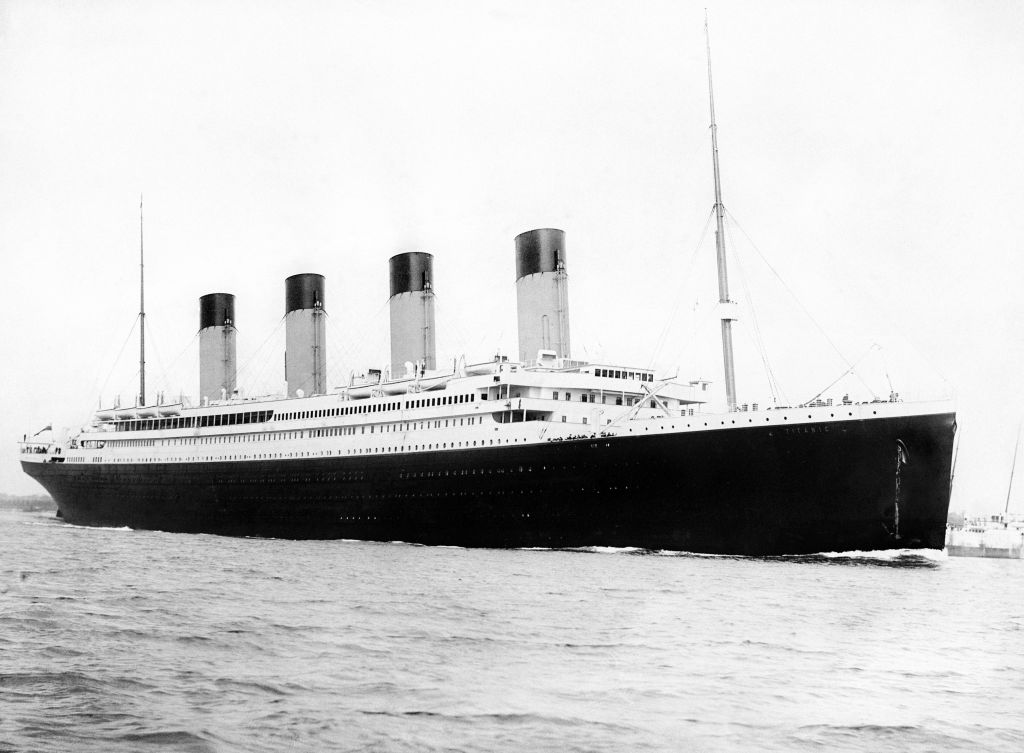10 April 1912: the Titanic sets sail on its doomed maiden voyage
On this day in 1912 the White Star line's 'unsinkable' liner, the RMS Titanic, left Southampton on its doomed maiden voyage.


The time from the start of the 20th century to the outbreak of World War II was the "golden age" of ocean liners. One of the most popular routes was the transatlantic crossing, for which shipping companies built ever more luxurious vessels. The best-known was the RMS Titanic. It was commissioned by White Star Lines in September 1908 and took two and a half years for Belfast shipbuilders Harland and Wolff to finish. It was deemed "unsinkable".
It began its maiden voyage on 10 April 1912. Before it had left Southampton harbour, it narrowly missed another ship, the SS New York. After stopping at Cherbourg in France and Queenstown in Ireland it sailed out into the Atlantic to beginthe main leg of its journey to New York.
But on the night of 14 April, after ignoring repeated warnings, the Titanic hit an iceberg. The impact ripped a hole in the hull (partly due to poor-quality rivets), letting in water. It took less than three hours for the ship to sink.
MoneyWeek
Subscribe to MoneyWeek today and get your first six magazine issues absolutely FREE

Sign up to Money Morning
Don't miss the latest investment and personal finances news, market analysis, plus money-saving tips with our free twice-daily newsletter
Don't miss the latest investment and personal finances news, market analysis, plus money-saving tips with our free twice-daily newsletter
Rescue attempts were hindered by a delayed response from the captain and one nearby ship not responding to distress calls. Due to outdated regulations, there were only enough lifeboat spaces for around half the crew and passengers. As a result, between 1,490 and 1,635 people died. The convention of "women and children first" was taken seriously more third-class women passengers survived (46%) than first-class men (32.6%).
The disaster led to many safety improvements, including an increase in the number of lifeboats.
Get the latest financial news, insights and expert analysis from our award-winning MoneyWeek team, to help you understand what really matters when it comes to your finances.

-
 ‘Why I have ditched my Help to Buy ISA for cash savings and the stock market’
‘Why I have ditched my Help to Buy ISA for cash savings and the stock market’Without the 25% bonus, my Help to Buy ISA is effectively redundant, says MoneyWeek writer Sam Walker.
-
 Is your inheritance tax allowance cut if you sell to downsize or sell your home to pay for care?
Is your inheritance tax allowance cut if you sell to downsize or sell your home to pay for care?Downsizing relief is a little-known benefit that could save your loved ones tens of thousands of pounds in inheritance tax after you’ve died.